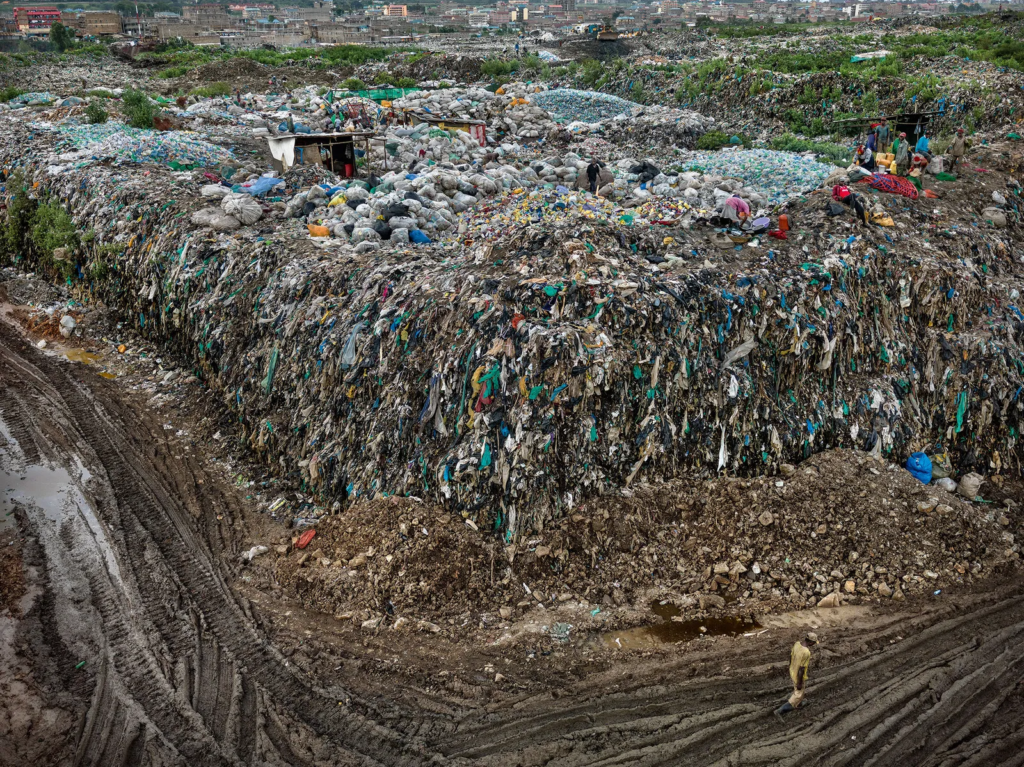What is it?

It is used to describe the time where human being simply had a real impact on our planet. Whether our planet is part of a “new geological age” or a “complex, global system”, the evidence is clear through just observation.
Some may think that it is a reaction due to the topic of “climate change”-regarding the warming of our atmosphere, air and oceans through the use of fossil fuels. The age of humans is about much more than this. Awareness of the current state and the effects of actions (ours especially) is a key factor in the “Anthropocene”.
Natural causes have been triggered e.g asteroids, volcanic eruptions and earthquakes etc. (Agriculture, urbanisation, deforestation and pollution have caused extraordinary changes on Earth) This can also be due to the “mass extinction events” in the planets history where the vast “swathes” have been wiped.
The “mass extinction events” have been happening frighteningly quickly as the species are happening at a significantly faster rate they they have for “millions of years before”.
Photographers are exploring this concept as it can rethink and overcome this “separation of humanity from the environment “as well as to “make us reflect on the climate urgency” and “generate awareness environment and responsibility with the planet that contains us and that we inhabit” (as mentioned before about awareness of this situation).
The photographs which are taken with this theme of “Anthropocene” are beautiful yet ugly at the same time, whether they are the stereotype fit for whether they are pretty or not, the photographs is very appealing to the eye as the photographs look very interesting and engaging for the viewer as they almost suck the viewer in the image as there is such much yet so little going on.
They aren’t solving any wide-world problems they are just making these situations aware to the public and spreading these outlooks widespread.

Photographers that focus on this theme are Edward Burtynsky, Jennifer Baichwal and Nicholas de Pencier. In terms of Edward Burtynsky, his work is the most favourable as they look very complex and present the right amount of awareness about the catastrophises that have raised. I like the photographs that he takes in terms of the rubbish and landfills especially as it really project the extensive amount wasted and thrown onto the piles and piles present in the world scale. The photograph only shows a smaller quantity of a larger and more prominent problem as well as scale.

In his photography expenditure Edward followed from “quarries in Portugal to rice fields in China to oil refineries in California”. Edward publish a book named “AFRICAN STUDIES” which “focuses on a region he calls globalism’s “final stop”: sub-Saharan Africa”. In his photoshoots he captures the impact of industrialisation on the landscapes of Kenya, Nigeria, South Africa, Tanzania, Ethiopia and more from a higher point (birds eye perspective) such as e.g. aeroplanes, drones and helicopters etc.
His camera can document the “stunning detail” and “vibrant hues the toll of human intervention on our planet” from the salt and sapphire mining to plastic recycling and dams.
